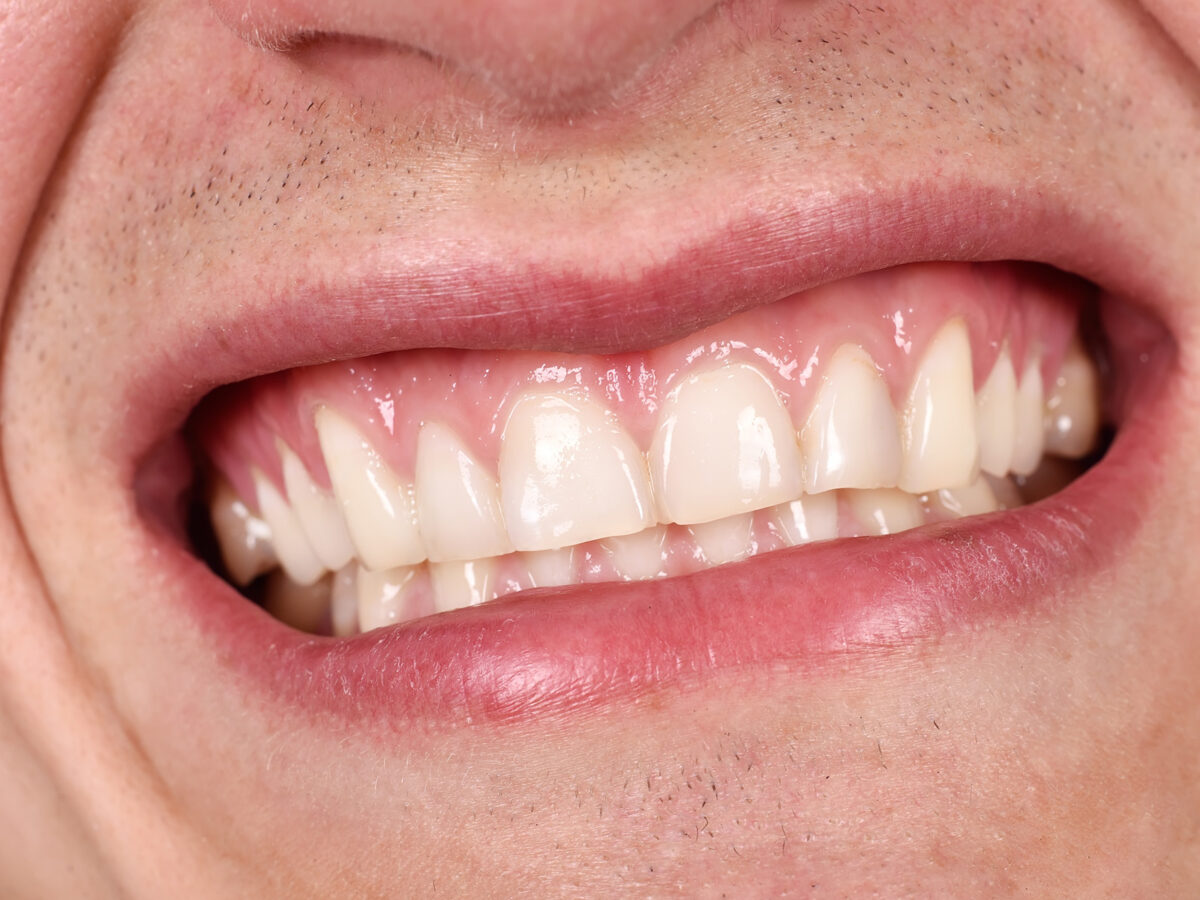Blog
Dental hygiene tips for healthy teeth & gums

Gum Graft: What All You Should Know
Good oral health entails many things. If you thought restoring pearly whites, fighting tooth decay, preventing cavities, and aligning crooked or impacted teeth were the only things you needed to worry about, then you are missing out on something.
Gums’ health is the most overlooked part of dental care. We mostly do not pay attention to the appearance of our gums or whether they are infected and inflamed.
Most Common Gum Problem
Gum recession is one of the most common complications that can affect your periodontal health. There are many reasons for gum recession like aggressive brushing, orthodontic treatments, having thin gum tissues, etc.
If you have had a history of gum diseases due to bacteria resulting from poor oral hygiene or gingivitis, then gum recession could pose serious issues. If gum recession is left untreated, it will expose the roots of your teeth, which can cause sensitivity and make your teeth prone to decay and abrasion.
A gum graft can reverse these ill effects and restore the health of your gums.
What Exactly is Gum Tissue Graft?
Do not panic if your dentist said that your gums need grafting, as gum surgery is simple. This dental procedure corrects the gum recession by grafting either your gum tissue (from the roof of your mouth) or a donor’s tissue to build back the receded gum line.
There are a couple of ways the gum graft procedure can be performed, which depends on the severity and extent of damage and the patient’s needs.
The periodontist will first administer local anesthesia before gum surgery so that the area is numbed and does not hurt. Your gum doctor might also require you to lift some of the existing decayed gum and clean your teeth.
- Connective tissue graft – One of the most common methods of treating gum recession is a connective tissue graft.
- Dental professionals cut a flap of skin from the roof of your mouth.
- Tissue is taken out from under the flap, which is known as subepithelial connective tissue.
- This tissue is stitched to the gum tissue around the exposed root.
- The flap which was removed, is stitched back.
- Free Gingival Grafts – This also involves tissue from the mouth’s roof and is needed by people with thin gums to enlarge their gums.
- The periodontist removes the tissue directly from the roof of the mouth.
- This tissue is attached to the gum area, which is being treated.
- Pedicle grafts – In this procedure, the tissue is taken from around the tooth, which is being repaired and can only be done for people who have a good amount of gum tissue near the affected tooth.
- The flap (pedicle) is partially removed, with one end still attached.
- Gum is pulled down to cover the exposed root and sewn.
Apart from the methods mentioned above, few patients prefer using graft material from a tissue bank. Your dentist might also use tissue-stimulating proteins that enhance your body’s ability to grow tissues and bones. The success of the gum grafting procedure depends a lot on the right grafting procedure for your needs. An experienced periodontist is critical in deciding which approach is suited for you. Schedule your appointment with a dentist today and get the treatment on time!


